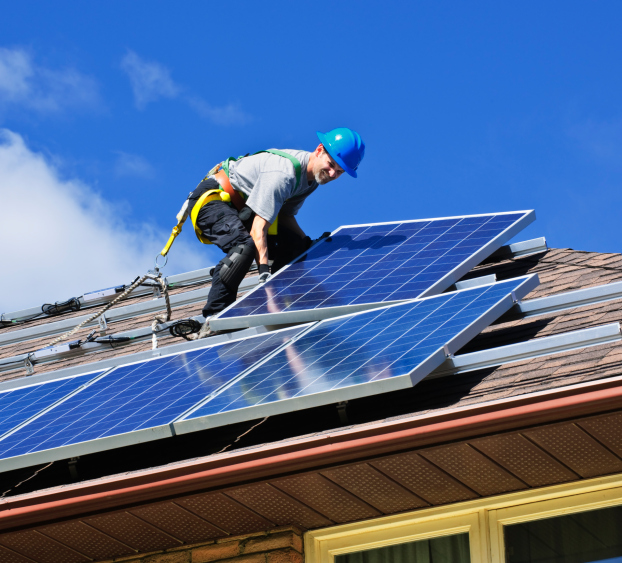
California was again the number one state for new solar installations, with 408 megawatts installed in the first quarter, more than a third of the total installed in the state during all of 2012. Utility scale projects represented well over half of all first-quarter installations in the state.
The national average price for an installed system fell from $4.45/watt in the first quarter of 2012 to $3.37/watt in 2013. Prices for residential systems fell 15.8% year-over-year, from $5.86/watt to $4.93/watt. Sequentially, prices fell by 1.9%. Prices for non-residential systems fell 15.6% year-over-year and 8.1% sequentially. Utility-scale projects saw an year-over-year price decline of 26% and 6% sequentially.
Module prices fell from $0.94/watt in the first quarter of last year to $0.64/watt this year, while polysilicon prices declined from $31.62/kg to just $17.36/kg. It’s no wonder that silicon and module makers are having a tough time.
GTM Research expects all solar installations to total 4,400 megawatts in 2013, rising to nearly 9,200 megawatts by 2016. The largest opportunity for near-term growth has shifted to the residential market.
The research firm reported 6 megawatts/AC of concentrating solar capacity was installed in the first quarter. Two large projects totalling more than 500 megawatts/AC are scheduled for completion by the end of this year.
GTM Research notes that risks to their projections come from attempts by utility companies to revise, cap, or eliminate net metering; to change rate structures to make solar power more costly; and availability of financing.
Sponsored: Attention Savvy Investors: Speak to 3 Financial Experts – FREE
Ever wanted an extra set of eyes on an investment you’re considering? Now you can speak with up to 3 financial experts in your area for FREE. By simply clicking here you can begin to match with financial professionals who can help guide you through the financial decisions you’re making. And the best part? The first conversation with them is free.Click here to match with up to 3 financial pros who would be excited to help you make financial decisions.
Thank you for reading! Have some feedback for us?
Contact the 24/7 Wall St. editorial team.



